Scarface (1932)
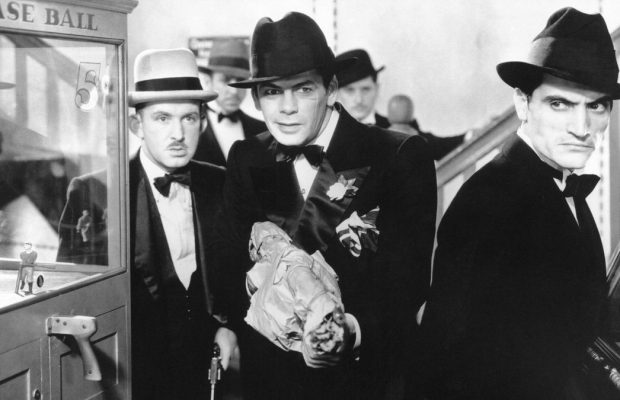
Toronto Film Society presented Scarface (1932) on Sunday, April 6, 1986 in a double bill with Some Like It Hot as part of the Season 38 Sunday Afternoon Film Buffs Series “A”, Programme 9.
Production Company: United Artists. Producer: Howard Hughes. Director: Howard Hawks. Screenplay: Ben Hecht, from a novel by Armitage Trail, dialogue by W.R. Burnett, John Lee Mahin and Seton I. Miller. Cinematography: Lee Garmes and L.W. O’Connell.
Cast: Paul Muni (Tony Camonte), Ann Dvorak (Cesca Camonte), Karen Morley (Poppy), Osgood Perkins (Johnny Lovo), Boris Karloff (Gaffney), C. Henry Gordon (Guarino), George Raft (Guino Rinaldo), Purnell Pratt (Publisher), Vince Barnett (Angelo), Ines Palange (Mrs. Camonte), Edwin Maxwell (Chief of Detectives), Tully Marhsall (Managing Editor), Harry J. Vejor (“Big Louis” Costillo), Henry Armetta (Pietro), Bert Starkey (Epstein).
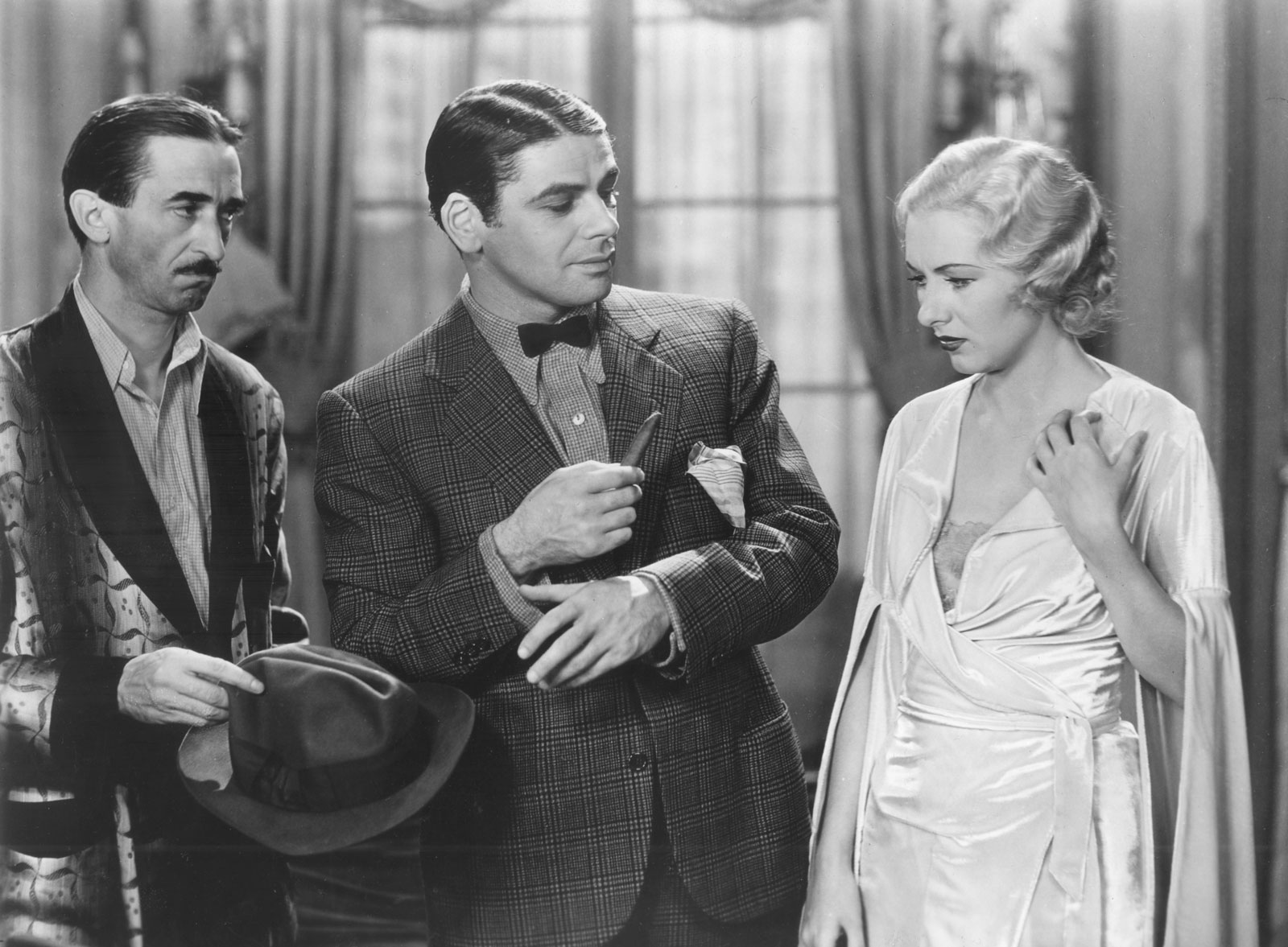
“I’m going to run the whole works! There’s only one law: do it first, do it yourself, and keep on doing it!” – Paul Muni as “Scarface”
Leslie Halliwell comments on Scarface: “Obviously modelled on Al Capone, with an incestuous sister thrown in, this was perhaps the most vivid film of the gangster cycle, and its revelling in its own sins was not obscured by the subtitle, The Shame of a Nation.” Howard Hawks, the film’s director, and Ben Hecht, the scriptwriter, declared that they wrote the story by treating the Capone family “as if they were the Borgias set down in Chicago.” Hecht had been a reporter in Chicago throughout the 1920’s and so might be expected to have some first-hand knowledge of the Chicago underworld but Hawks claimed also to have hired several gangsters to give him advice on accuracy. The result was a film which has been widely praised for its gritty realism. As one critic notes: “Because it was so close to the actual events, it possesses a kind of newsreel quality which cannot be recaptured or imitated. It vibrates with the impact of things that were real and deeply felt.” contemporary censors were less pleased with the film’s realism and held up its release for two years, insisting that Scarface should be hung at the film’s end. As for the man on whom the central character was based, Hawks insisted that Al Capone saw the film many times: “He had his own print of it. He thought it was great.” (Hawks on Hawks.)
Although some critics have said that Hawks was not an innovator but merely made some of the best pictures in genres introduced by others on the evidence of Scarface (made at the same time as Little Caesar and before Public Enemy) one must grant him a measure of talent for innovation. “Scarface” he said once, “is my favorite picture.” But not all of the film’s strong points are traceable to Hawks. The fine atmospheric cinematography and skillful use of crosses as a leitmotif are the work of the cinematographer Lee Garmes. And while Paul Muni and Boris Karloff were both just at the beginning of their careers when Hawks cast them in this film, their talent was obvious enough. George Raft’s performance as the coin-flipping Rinaldo was his most memorable role. What Hawks brought to the film was primarily his strong sense of the cinematic (Karloff’s death is often cited as a tour-de-force) and his perception that Tony Camonte (“Scarface”) should be played as being essentially childish. As Robin Wood notes, Hawks realized that making Tony “an innocent immune fro moral judgments because he has never developed moral awareness…far from weakening the statement of horror and despair, intensifies it.”
Notes by Laurie McNeice

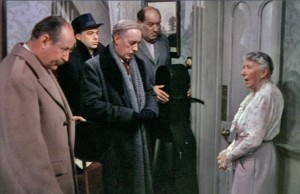
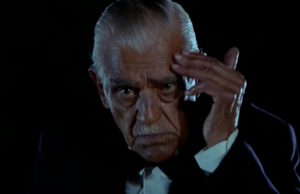
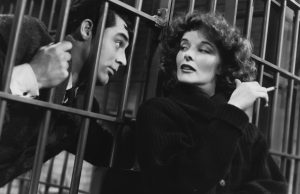






Leave a Reply